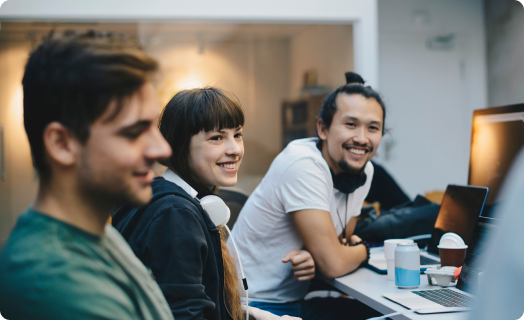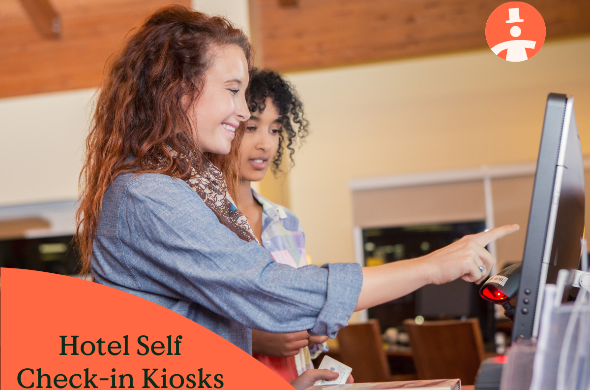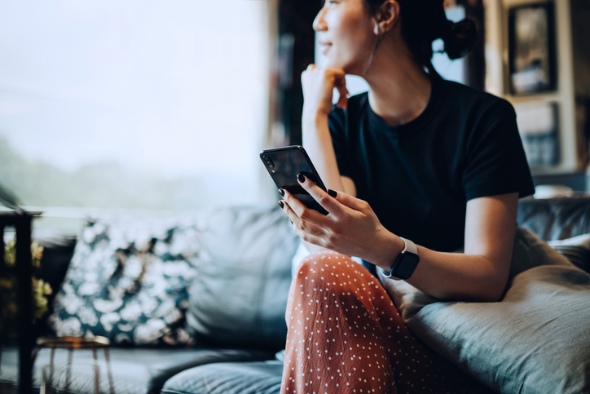What is hotel photography?
Hotel photography is the practice of capturing images of hotels and their amenities to showcase them to potential guests. You probably already know how important photos are when choosing a place to stay when going on a trip or holiday.
But have you got it right on your own website? Do you know what it takes to use an image that will make the difference between a traveller booking your accommodation or visiting another website?
Hopefully by the end of this blog you’ll have everything you need to start increasing the conversion rate, as we discuss all the tips and tricks to achieving a perfect photo that’s irresistible to guests.
The impact of hotel photography on a website
The first thing you need to understand is that your website is an extension of your physical property, and you need to treat it as such. Don’t leave all the wonders of your hotel to be a surprise or up to the imagination of your guests. You absolutely have to showcase everything amazing you have to offer.
A few reasons why images are so important include:
- Allowing travellers to quickly learn more about your property, amenities, and destination.
- Travellers can develop an emotional response and connection – which is super important in getting them over the line. Emotions are a huge driving force for decision making.
- You can tell a story – just with an image gallery, you can create a compelling reason why guests should stay at your property.
- You can target your ideal market with specific photos – if your typical guests are families, for example, you can use photos that show families in the property or display family-friendly amenities.
More people will view image results of your property on Google than traditional results
Want a simple example of the difference quality photos can make?

What you need to do before capturing professional hotel photography
It’s important to do some pre-planning before taking your photos.
First and foremost – Should you hire a professional photographer for your hotel website?
Consider both your budget and your goals. Afterall, there’s more to taking a good photo than simply having a fancy camera. However you know your property and your destination best, so if you have a good eye it could be worth having a go at it yourself. Just be sure you do have quality equipment.
Either way, you need to outline what you plan to shoot and when. You want to ensure everything is captured in its best light and that you are obtaining images you know will entice travellers once they see it on your website or social media pages.
It also goes without saying that you need your exterior, rooms, and other interior areas to be looking as good as they can before you photograph them. Be careful here though. Don’t be tempted to dress up your rooms unrealistically or fill your hotel with props and extra features you think will make a photo more exciting or appealing.
Guests want to see your property as it will be when they come to stay, so give that to them.
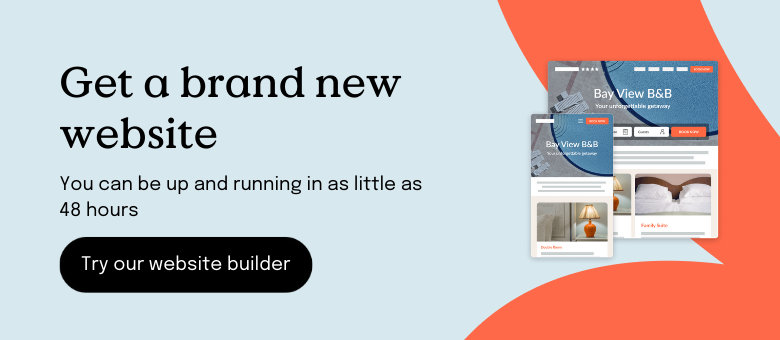
Hotel photography guidelines and best practices
Alright, here we are at the crunch. Let’s detail some of the best tips you can use to make certain your website images are up to scratch and are convincing travellers to click ‘Book Now’.
1. Impeccable lighting
Lighting is the key to any spectacular photo and it’s something photographers agonise over. In your case, you may want to be using natural lighting whenever possible to give your property a comforting, authentic feel. With this in mind, early morning or late afternoon are going to be the way to go.
When it comes to the interior of your hotel and your rooms themselves, natural lighting might not always be possible if you want to capture the best shot. So learn how to stage lighting, using lamps, overhead lights or other sources to have everything in frame looking perfect.
2. Spatial awareness
Knowing where to be or where to position the camera when the shutter clicks is crucial to ensuring your rooms look amazing. Generally, you can make rooms look bigger and more inviting by taking photographs from corners or through doorways. Using a wide angle lens is also beneficial.

It also helps to tidy the room and remove anything that could be seen to clutter up the shot. Like we said, don’t use any unnecessary props.
3. Know your angles
If you don’t know instinctively what will make your hotel shine, spend some time in the spaces you plan to photograph to get an idea of what angles you should use. Some believe shooting from high gets the best shot, but setting your camera low, below shoulder height can really make an impact and give your spaces more presence.
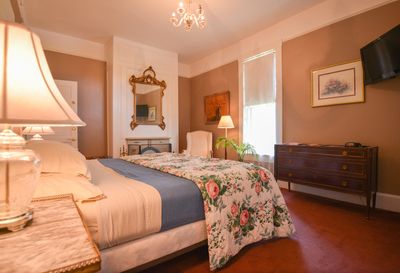
4. Go for immediate impact
Try to pick vistas that travellers will instantly react to, and imagine themselves experiencing. Think about capturing rooms with window views, or putting any of your unique features or amenities front and centre.
Make sure to balance this impact with the need to keep images clean and authentic. Try not to distort anything or edit them in a way that looks fake.
5. Always include room interiors in your galleries
The room is where guests will spend a large amount of time, so it’s pretty important they know what they’re getting into.
They want to know where the bed is, what furniture is in the rooms, what colour the walls are, how much space there is to move around, and more.
Showing inside your rooms in detail also means guests won’t be surprised or disappointed when they arrive, eliminating the chance for a bad review.
Hotel photography ideas for your website to stand out
Some other factors you should consider when shooting your photos include:
- Keeping seasons and weather in mind – when does your property truly shine? This is when you need to do your photoshoots
- The need for a human presence – This should be viewed on a case by case basis. Sometimes the need for a human presence is there, to give guests a better idea of how they might enjoy your property, but ultimately it should be spared where possible.
- Symmetry – Symmetry puts the eye at ease and makes things seem much cleaner and more organised, creating a better impression on people viewing your website
- Never too many photos – Before 20-30 photos might have been deemed acceptable. Today, with such a vibrant online merchandising environment, even small hotels should consider having more high quality photos to use in their gallery, on their social media pages, on their booking engine, and third-party booking channels.
Leveraging user-generated hotel photography
While the hotel photography displayed on your website and OTA listings is best handled by a professional, ideally one with experience in capturing hotels, that’s not to say that amateur photography isn’t valuable. In fact, in some cases photography from guests can be more compelling and more alluring than expertly crafted shots.
Potential guests know that professional hotel photography is carefully curated. They know that they are seeing a property at its very best, and they can be wary of post-production: that Photoshop could make a property look a little nicer than it actually is.
Unedited and unpolished user-generated content offers a level of authenticity and social proof that can be difficult to achieve with professional photography alone. It’s real, and for hotels that are perhaps using professional photography to paper over cracks, it’s unapologetic – there’s no hiding a bad hotel from a customer’s camera.
For high quality hotels, utilising user-generated hotel photos in your online presence can help your audience build trust with your brand. When a potential guest sees a glowing, photo-filled review from a current guest, it greatly increases your likelihood of securing a booking.
How do you encourage user-generated hotel photography? Here are a couple of tips:
- Incentivise social media sharing: It’s a universal truth – humans respond to incentives. Offer your guests a free drink at the hotel bar or some other small gift if they share their experience on social media.
- Create your own hashtag: Create a social media hashtag and display it in key areas of your property. This reminds/encourages people to share their experience and gives you an easy way to review all the photos that are being posted.
- Encourage guests to add photos to reviews: With social proof forming one of the main considerations when a traveller chooses their preferred accommodation provider, reviews form the lifeblood of a modern hotel. Send a follow-up email to guests in the days following check out, asking them to review you on the relevant platform (the OTA that they booked through, or Google/TripAdvisor if they booked direct), and to include any nice photos they took.
Fully functioning hotel website for your hotel photos
Stunning hotel photography alone won’t increase occupancy – you need to share it with the world. Your social media channels and OTA listings are critical to this effort, but most important of all is your hotel website.
A beautiful, fully-featured and user-friendly website is essential for making sure guests don’t bounce off your site, and that your images are displayed in the colourful, sharp and beautiful way the photographer intended. And Little’s Hotelier website builder offers exactly that, while allowing any independent hotelier, no matter their technical ability, to create their own site in as little as an hour.
- Templates built for hotels: Choose from a range of stunning templates, crafted specifically for small hotel businesses, that will put your hotel photography up in lights.
- Drag and drop: Positioning and sizing your hotel photos, and all other on-page elements, couldn’t be easier! Simply select the photo, then drag and drop it into place!
- Channel management: Quickly and easily updated your photos across all your OTA listings with Little Hotelier’s channel manager, to ensure your hotel is consistently beautiful and alluring no matter where a guest might find it on the internet.
By Dean Elphick
Dean is the Senior Content Marketing Specialist of Little Hotelier, the all-in-one software solution purpose-built to make the lives of small accommodation providers easier. Dean has made writing and creating content his passion for the entirety of his professional life, which includes more than six years at Little Hotelier. Through content, Dean aims to provide education, inspiration, assistance, and, ultimately, value for small accommodation businesses looking to improve the way they run their operations (and live their life).
Table of contents
“The mobile app is a breeze to use and when you need assistance, you can always count on excellent customer service to be there for you.”
Managing Director, Smans Villas

